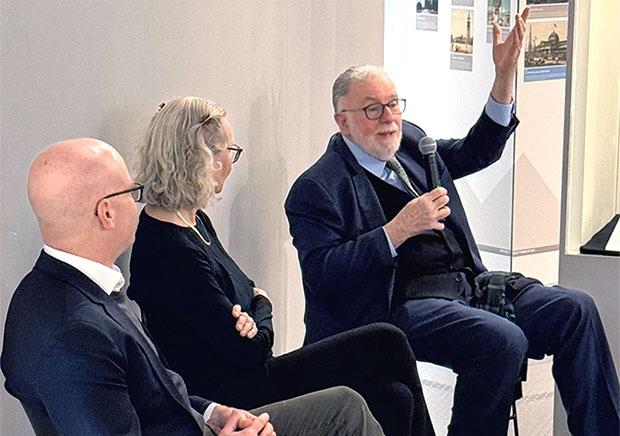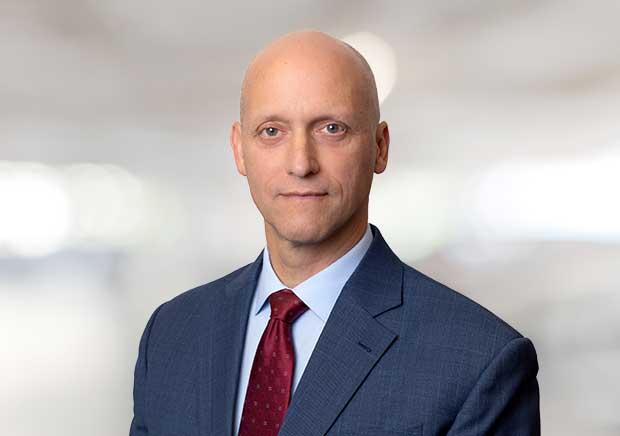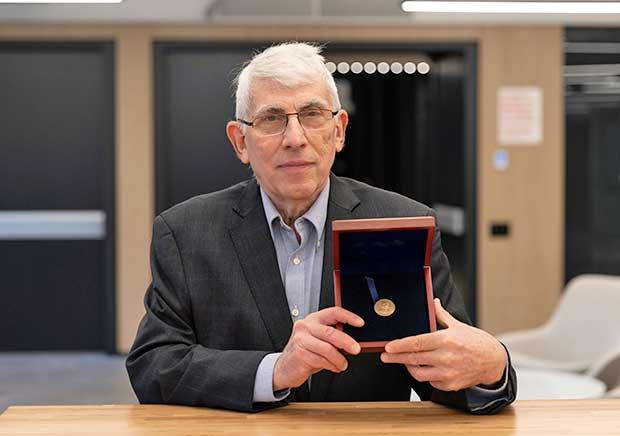News & Resources
Featured
2025 Major League Baseball Season Gets UnderwayMarch 27, 2025
The wait is over! Today is the official start of the Major League Baseball season.
Explore our News & Resources
2025 Major League Baseball Season Gets Underway
March 27, 2025
The wait is over! Today is the official start of the Major League Baseball season.
Florida YIMBY: Construction Reaches Residential Levels On 80-Story Cipriani Residences Miami
March 26, 2025
Construction is steadily advancing on Cipriani Residences Miami, an 80-story residential skyscraper at 1420 South Miami Avenue in Brickell.
Richard Tomasetti Participates In Skyscraper Museum Panel
March 21, 2025
From the turn-of-the-century Ingalls Building in Cincinnati to the 1-kilometer Jeddah Tower now rising in Saudi Arabia, reinforced concrete has paved the way for architectural and engineering innovations.
Venue Professional: What's Going Up
March 21, 2025
It is fair to say that the word “iconic” gets tossed around more than it should, but when it comes to Caesars Superdome in New Orleans, it describes a stadium that has hosted most of the significant sporting and non-sporting events one can conjure up.
Facility Executive: A Nearly Century Old Building Prepares For Its Next 100 Years
February 27, 2025
A retrofit program involving the conversion of the nearly 100-year-old 345 Hudson’s mechanical systems with an innovative all-electric network and a novel system design at the adjacent 555 Greenwich enable both buildings to use less energy than traditional buildings.
Roger Weld Joins The Transportation Team
January 23, 2025
Roger, who has more than 30 years of experience in the planning and design of efficient and sustainable infrastructure and public spaces, recently joined our Transportation practice in New York.
Beaver Stadium Renovation Underway
January 10, 2025
Work on the Penn State University Beaver Stadium renovation kicked off with a bang.
Bob Smilowitz Recognized With ASCE Award
January 08, 2025
Congratulations to Bob Smilowitz, who is the latest recipient of the American Society of Civil Engineers’ Ernest E. Howard Award. The award recognizes an ASCE member for their contributions in advancing the field of structural engineering.









